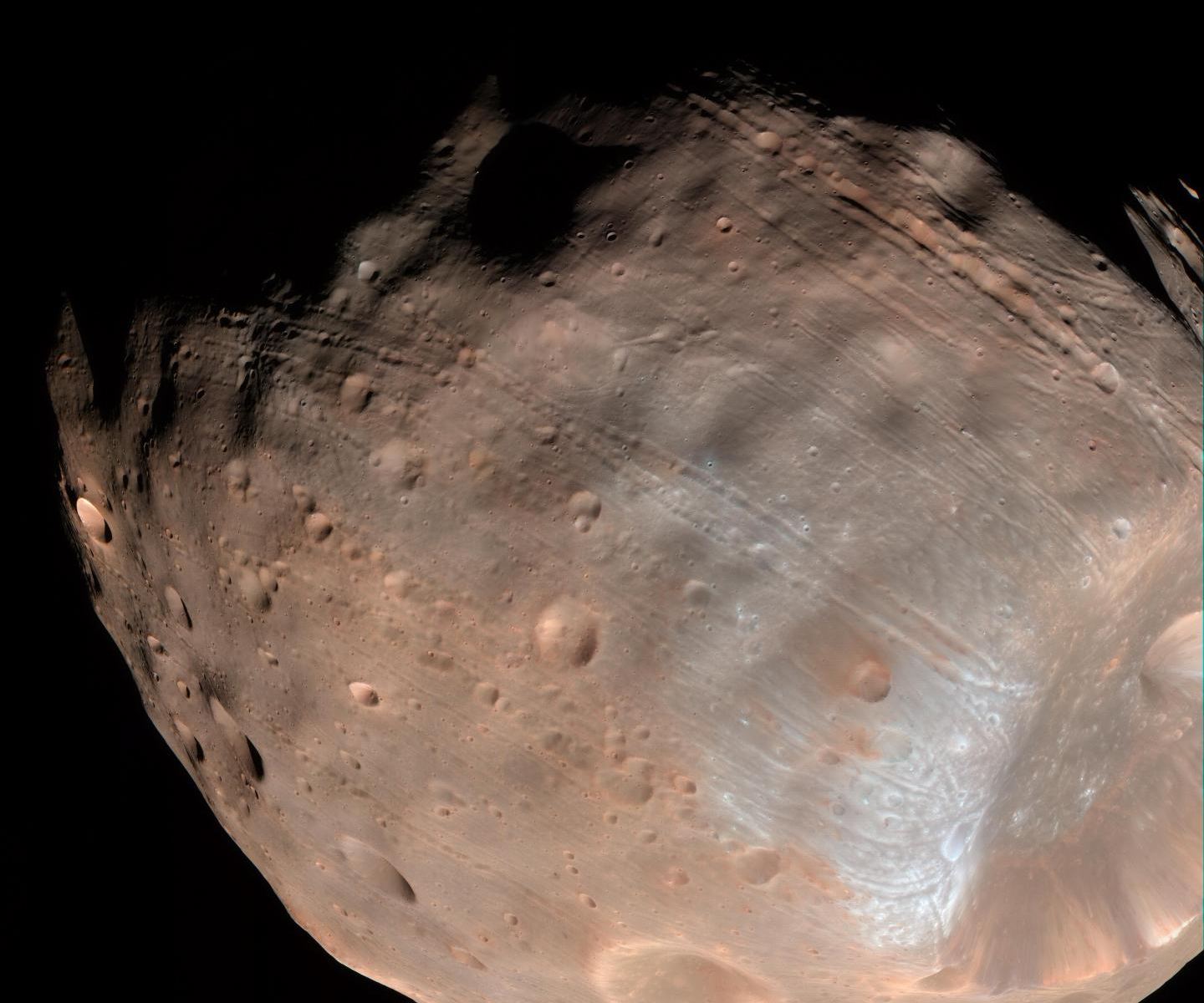In the coming decades, NASA and China intend to send the first crewed missions to Mars. Given the distance involved and the time it takes to make a single transit (six to nine months), opportunities for resupply missions will be few and far between. As a result, astronauts and taikonauts will be forced to rely on local resources to meet their basic needs – a process known as in-situ resource utilization (ISRU). For this reason, NASA and other space agencies have spent decades scouting for accessible sources of liquid water.
Finding this water is essential for future missions and scientific efforts to learn more about Mars’s past, when the planet was covered by oceans, rivers, and lakes that may have supported life. In 2018, using ground-penetrating radar, the ESA’s Mars Express orbiter detected bright radar reflections beneath the southern polar ice cap that were interpreted as a lake. However, a team of Cornell researchers recently conducted a series of simulations that suggest there may be another reason for these bright patches that do not include the presence of water.
Continue reading “Don't Get Your Hopes Up for Finding Liquid Water on Mars”










